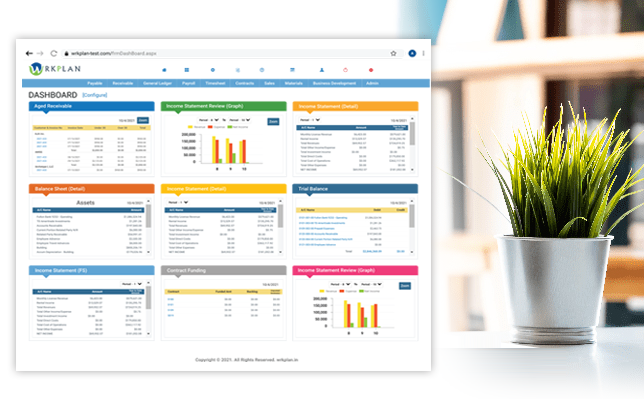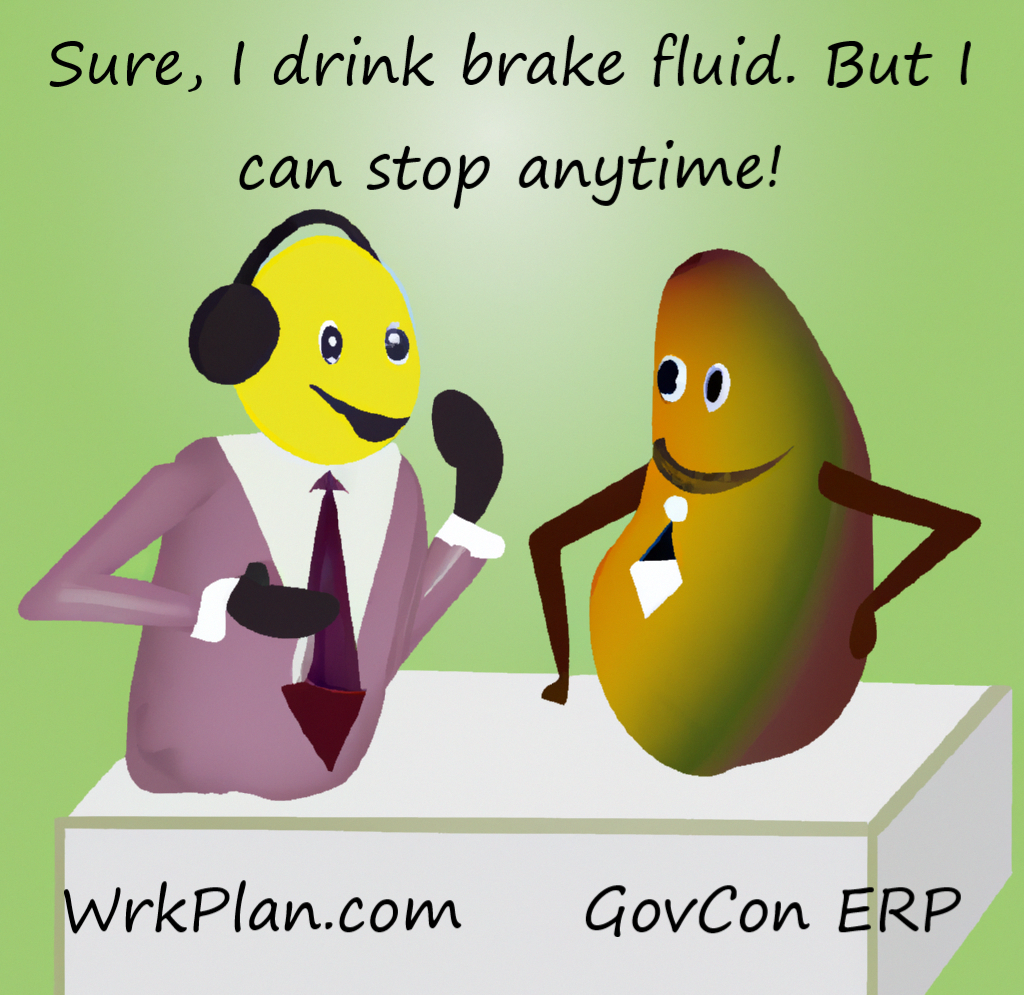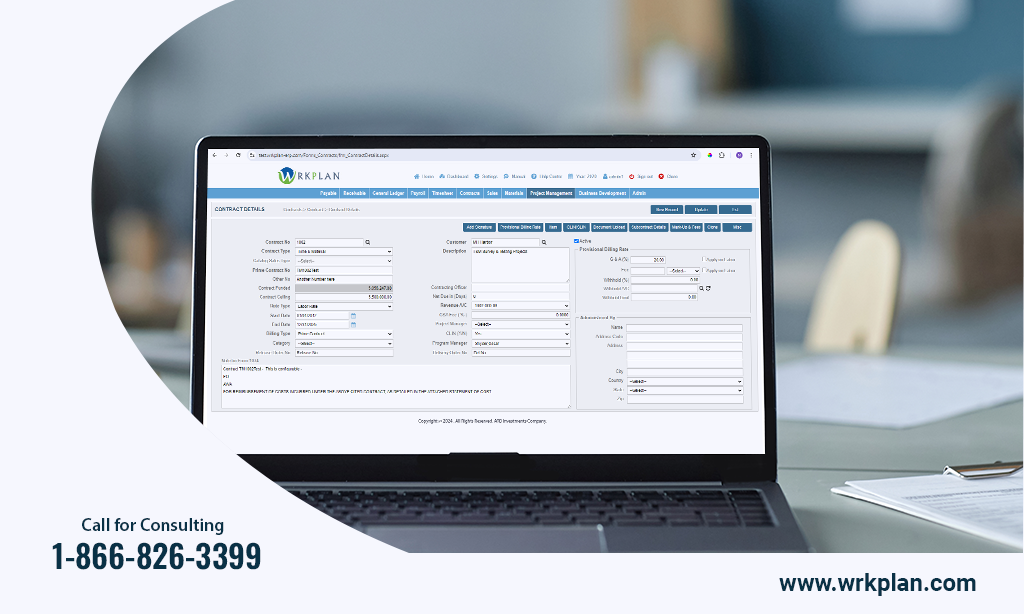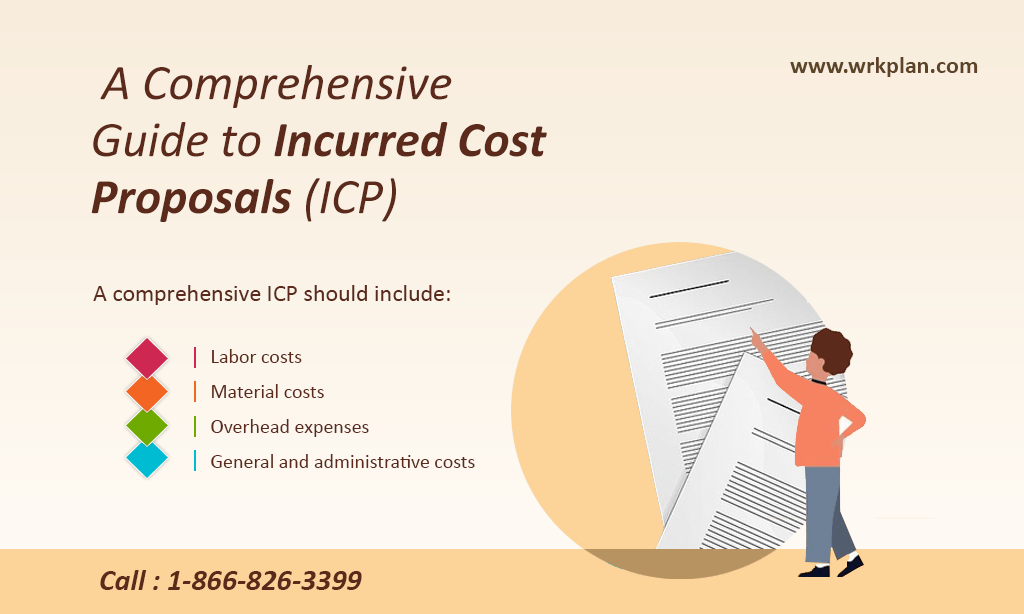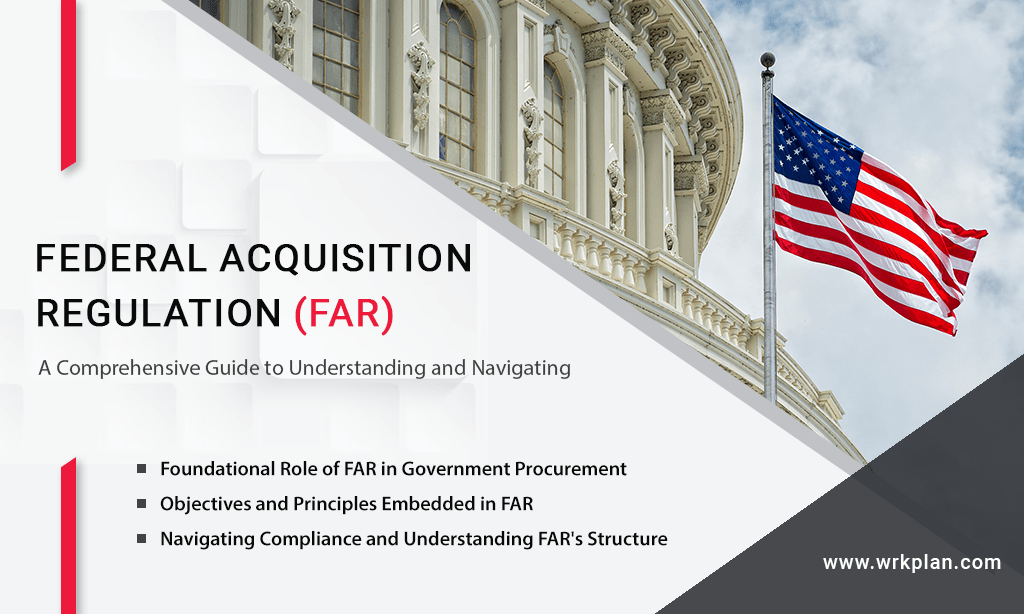Subcontracting is a common practice in government contracting, where a prime contractor hires one or more subcontractors to perform some of the work required under the contract. While subcontracting can offer many benefits, it also comes with unique challenges that require careful management. In this blog post, we’ll explore some best practices for managing subcontracts in government contracting.
- Define clear roles and responsibilities.
To ensure that the work is performed effectively, it’s essential to define clear roles and responsibilities for each party involved in the subcontract. This includes identifying which tasks will be performed by the prime contractor and which tasks will be performed by the subcontractor. Each party should also understand its responsibilities for ensuring compliance with government regulations and contract requirements.
- Develop a comprehensive subcontract agreement.
To avoid misunderstandings and disputes, it’s critical to develop a comprehensive subcontract agreement that outlines each party’s roles, responsibilities, and expectations. The agreement should cover important aspects such as payment terms, deliverables, and timelines, as well as the procedures for addressing issues that may arise during the subcontract’s performance.
- Communicate frequently.
Effective communication is essential for successful subcontract management. The prime contractor and subcontractor should establish regular communication channels and hold regular meetings to discuss progress, address issues, and coordinate activities. This includes providing regular updates on the status of work, identifying potential issues, and discussing possible solutions.
- Ensure compliance with government regulations.
Subcontractors must comply with the same government regulations and contract requirements as the prime contractor. Therefore, it’s crucial to ensure that the subcontractor is aware of all applicable regulations and requirements and that they have the necessary certifications and qualifications to perform the work required.
- Monitor performance!
The prime contractor should closely monitor the subcontractor’s performance to ensure that they are meeting their obligations under the subcontract. This includes reviewing deliverables, assessing quality, and verifying that the subcontractor is complying with all regulations and requirements.
- Address issues promptly!
Issues can arise during the subcontract’s performance, such as delays, quality problems, or disputes. The prime contractor should have procedures in place for addressing these issues promptly and effectively. This may involve involving the government contracting officer, renegotiating the subcontract agreement, or seeking alternative solutions.
Conclusion
Subcontracting can be an effective strategy for managing the workload and resources required for government contracts. However, effective subcontract management requires careful planning, communication, and coordination. By following these best practices, prime contractors can ensure that subcontracting activities are performed effectively and efficiently, resulting in successful contract performance.
Visit WrkPlan.com for all your GovCon needs!


